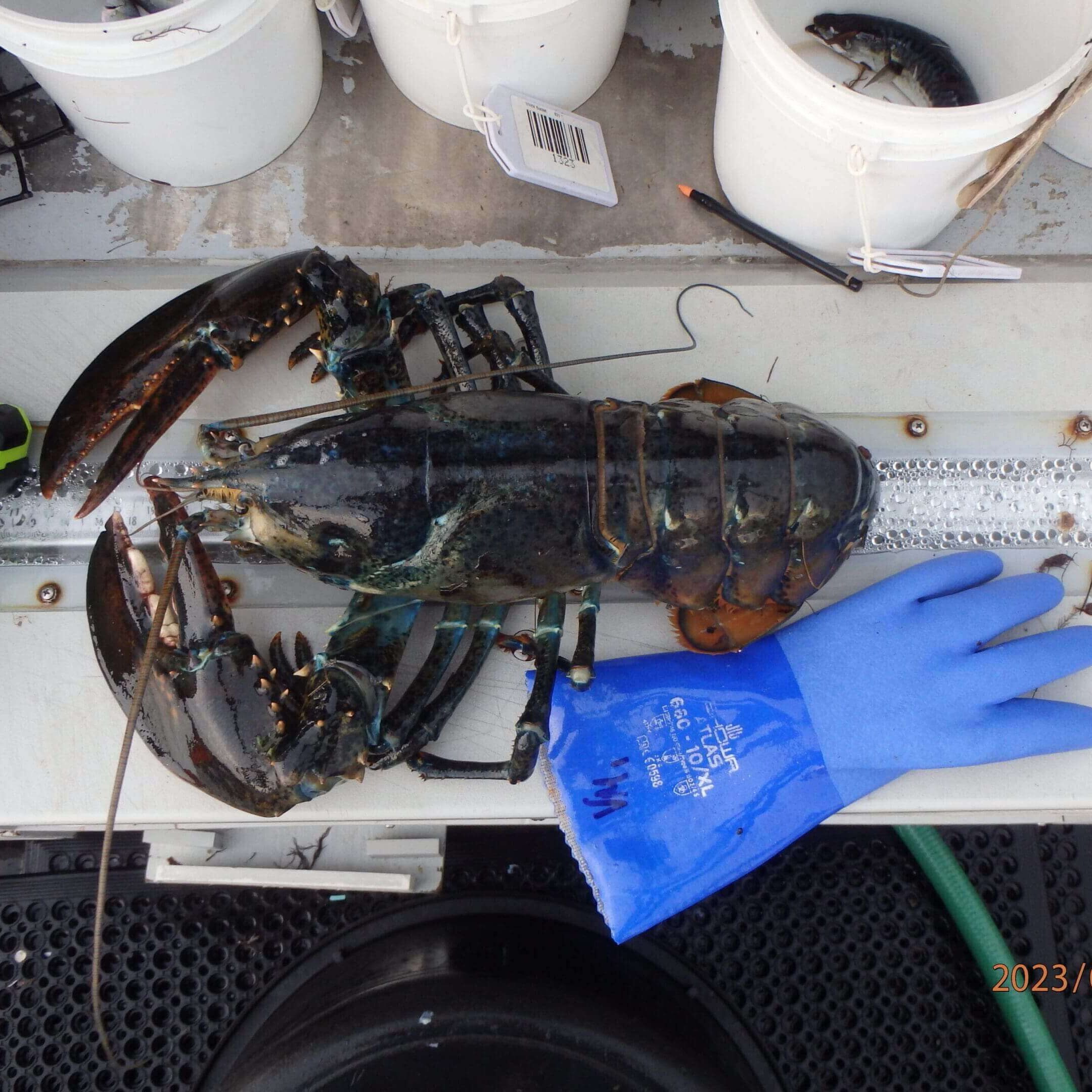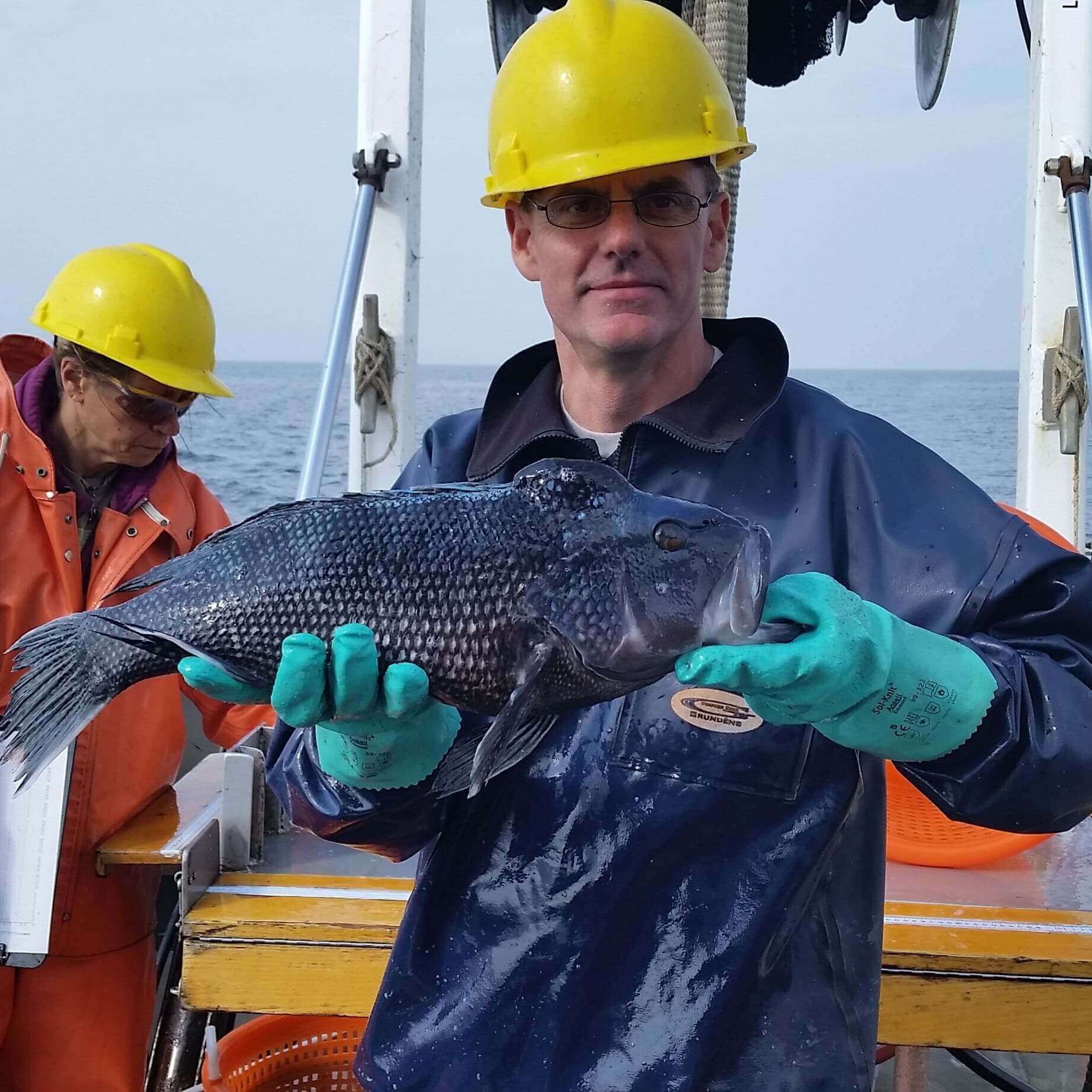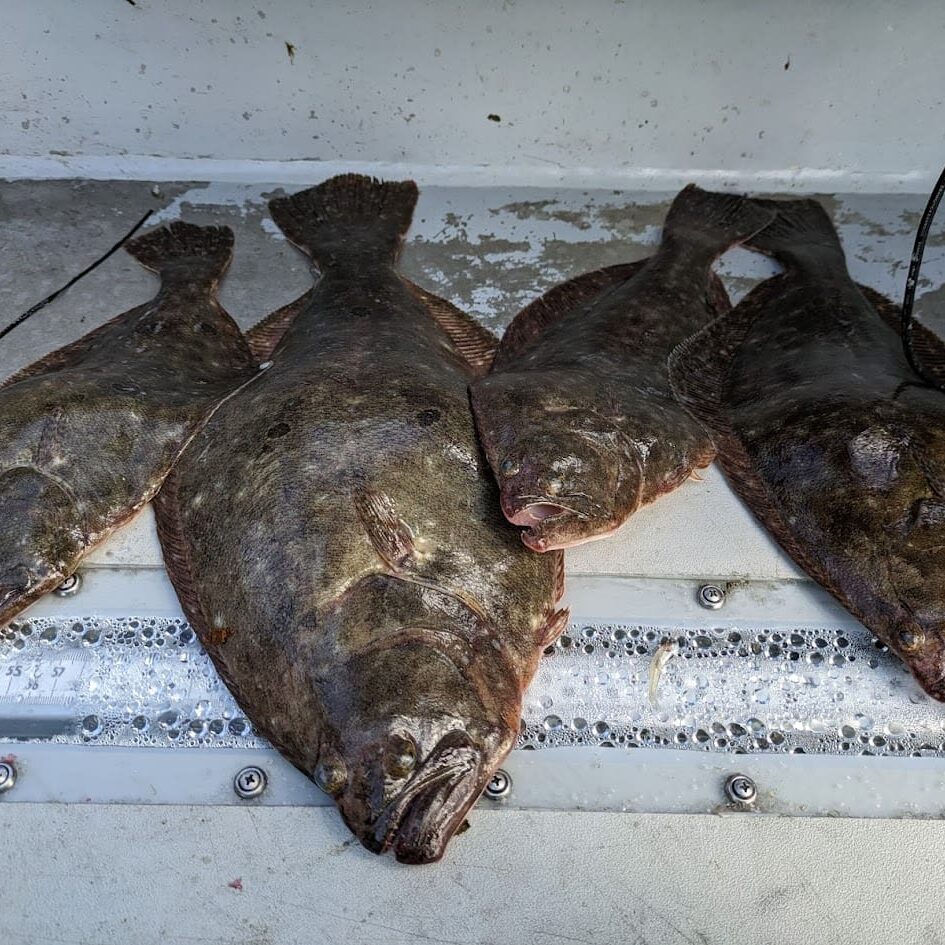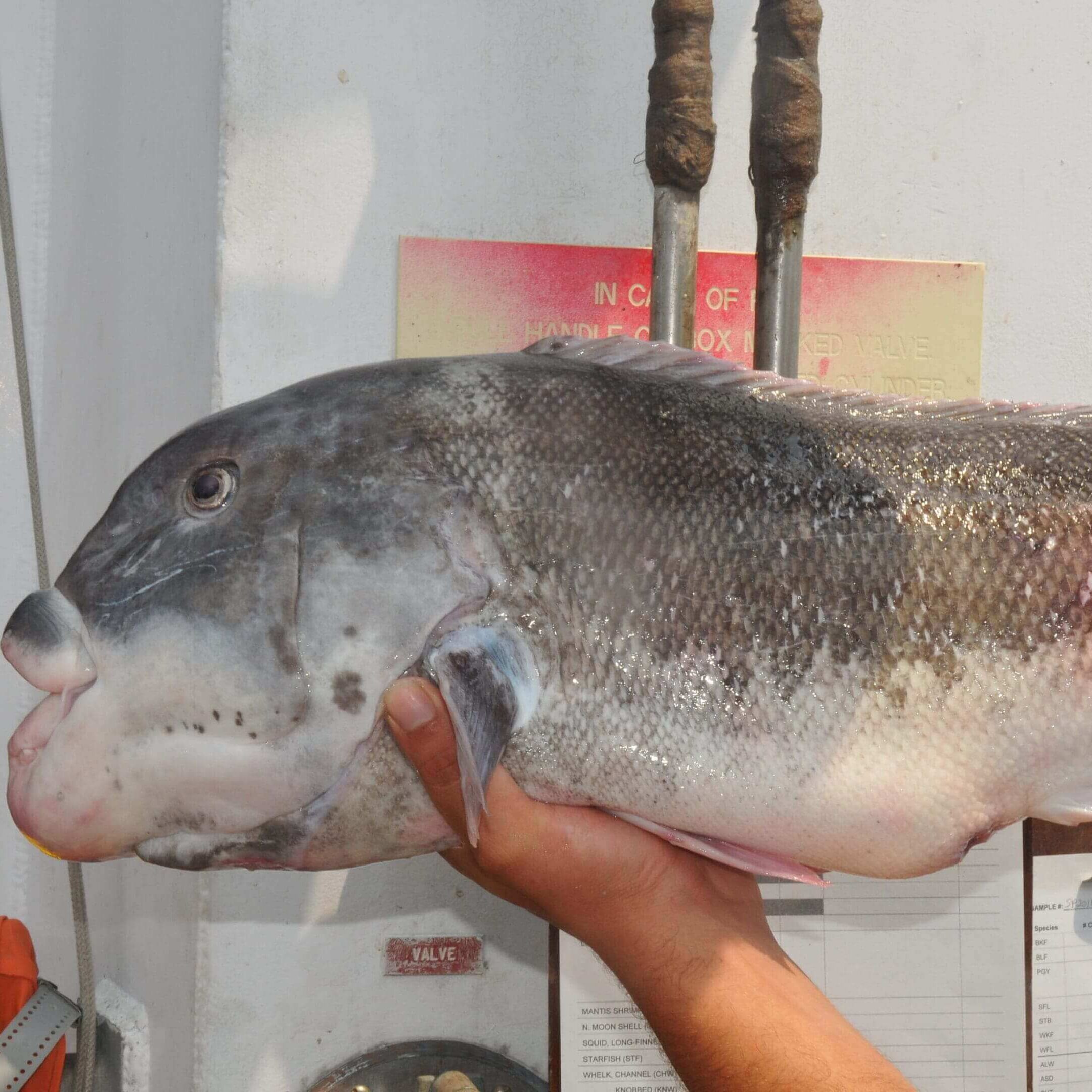Data Uses
The data collected through NEAMAP and partner surveys are used in the management of multiple species across the northeastern U.S. These data sets are most frequently used in regional stock assessment and compliance reports to help fisheries management agencies understand the state of biologically and economically important species. Some of these species are highlighted below.

American Lobster
American Lobster (Homarus americanus) is a long-lived crustacean found in the northwest Atlantic Ocean. North and east of Cape Cod are part of the Gulf of Maine (GOM) stock, while lobsters south of Cape Cod are part of the Southern New England (SNE) stock. Lobsters are harvested by both commercial and recreational fishers. The species is managed through the Atlantic States Marine Fisheries Commission (ASMFC) and NEAMAP survey data has been used in several assessments and reports to help manage this species. Some select examples include:
- ASMFC American Lobster Stock Assessments
- Analysis of the MENH Survey data together with those of the National Marine Fisheries Service Gulf of Maine survey revealed that Gulf of Maine lobsters consist of two discrete populations; one in the inshore waters where 80% of the lobsters are caught and the other consisting of older individuals in deeper outer waters (Chen et al. 2006). NEAMAP data is used to inform many projects that come out of Stony Brook University's Chen Lab!



Black Sea Bass
Black sea bass (Centropristis striata) is a warm-temperate species concentrating in areas from Cape Cod, Massachusetts to Cape Canaveral, Florida. A temperate reef fish, black sea bass commonly inhabit rock bottoms near pilings, wrecks, and jetties. Black sea bass rely on their large mouth and swift ocean currents to catch prey, which include fish, crabs, mussels, and razor clams. Two distinct stocks of black sea bass exist along the Atlantic coast with overlapping ranges.
- Annual ASMFC compliance reports
- ASMFC Black Sea Bass Stock Assessments

Summer Flounder
Summer Flounder (Paralichthys dentatus) are a left-eyed predatory flatfish that range from Florida to Nova Scotia. Summer Flounder are more commonly recorded south of Cape Cod and are commonly targeted by both commercial and recreational fishers. The species is managed through ASMFC.
- Annual ASMFC Compliance Reports
- ASMFC Summer Flounder Stock Assessments



Tautog
Tautog, or blackfish (Tautoga onitis) is a recreationally important fish. They are a slow growing and late to mature fish that can live to 30 years old. Tautog are a member of the wrasse family, that are often associated with hard or rocky substrate. They prey primarily on crustaceans and shellfish, using their prominent teeth to crush the thick shells of their prey. The species is managed through the Atlantic States Marine Fisheries Commission (ASMFC) and NEAMAP survey data has been used in several assessments and reports to help manage this species. Some select examples include:
